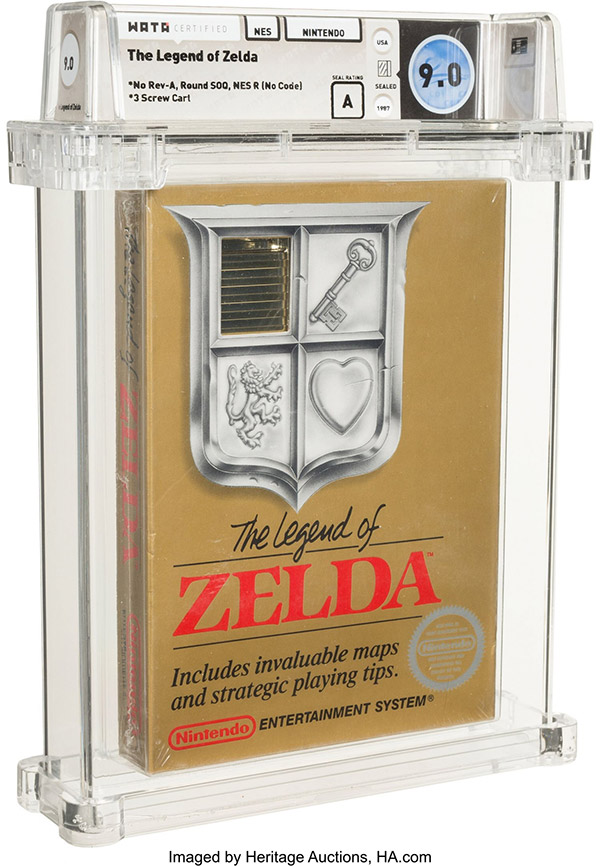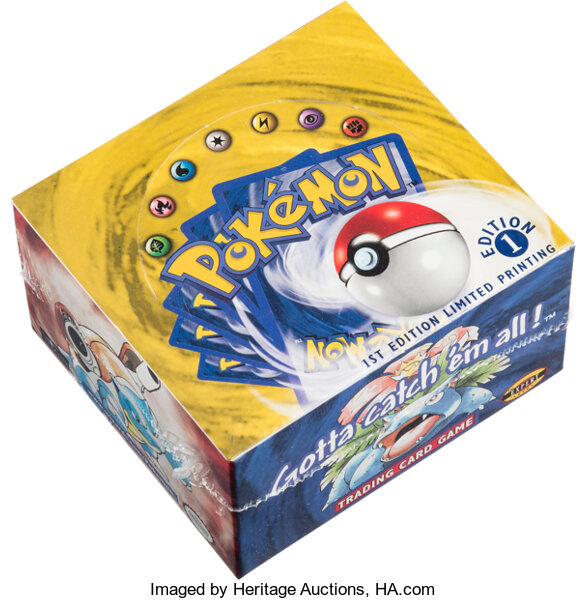MISB video games are falling into the NFT trap, and the sky high prices are getting ridiculous


After the quick sizzle and even faster fizzle of NFT, or non-fungible tokens, it looks like video games are the next target for those looking to cash in on the chase of yet another ridiculous trend.
Just last week, those in the gaming community were greeted with the extraordinary news that two individuals paid exorbitant amounts for what was essentially unopened games still in their original packaging.
While collectors and genre enthusiasts understand the Mint In Sealed Box (MISB) craze for toys and collectibles, the auction prices of a The Legend of Zelda NES cartridge and a sealed copy of Super Mario 64 set record-breaking figures: US$870,000 (S$1.2 million) and US$1.5 million respectively.
Sure, the NES (Nintendo Entertainment System) is from the 1983, so a 40-year-old sealed game might have some nostalgic demand, but the Nintendo 64 came out over a decade later in 1996, so what’s going on?
The madness didn’t stop there. On the same day of the Super Mario 64 auction, another buyer also bought a separate title off the Heritage Auctions website at a higher-than-deserved US$600, this time involving a sealed copy of, wait for it...The Elder Scrolls V: Skyrim for the Xbox 360, which came out in 2005. Boasting a Wata score of 9.2 A+, it lies in the exceptional condition” category but not to the extent of Super Mario 64′s 9.8 A++, resulting in the price difference.

Yes, read that again. US$600 for a game that has virtually been done to death (we love Skyrim, but it’s true) and can be easily purchased under 10 bucks in a Steam sale? Yeah, some folks are certainly not buying the whole shtick, as they express doubts over the validity of these buys.
Frankly, the scepticism is understandable and well-warranted. There’s a time, place, and price for nostalgia, but auctioning off a sealed copy of Tomb Raider with a Wata 9.4 A rating for US$144,00 is an overkill in every sense of the word. Purchasing a replica M16 rifle used for SNES’ Multi-Purpose Arcade Combat Simulator for US$18,600 is just as ridiculous, even if one factors in its past history as an U.S Army training device in the 1990s.
Just as how NFTs should just remain in history’s books for as long as the situation allows, the push for high prices for video games is simply maddening. The swing of things from NFT to video games certainly reeks of déjà vu, where NFTs, representing various digital assets, were selling for rocket-high prices way above their traditional worth.
Even so, the market continued to boom, with buyers willing to splash the cash as part of the hype. Moral of the story? Where there’s a lucrative, profit-based trend, humans will follow.

Will we be seeing more transactions for collectibles at insane prices? If history were an indicator, things will go up before crashing. While the worst offender of this auction craze is arguably the Pokémon Trade Card Game scene that saw the purchase of a Booster Box for a whopping US$408,000, the MISB video games community may very well reach these heights of insanity with time.
The auction market was, of course, never designed for common folks and regular enthusiasts, so as the rest of us scoff at and ponder the reason behind partaking in the auction fever, the question remains: where do these collectors draw the line? Just don’t go buying two copies of a game, expecting prices to appreciate circa 2061.
ALSO READ: The Legend of Zelda NES cartridge auctioned at record $1.2m
This article was first published in Geek Culture.